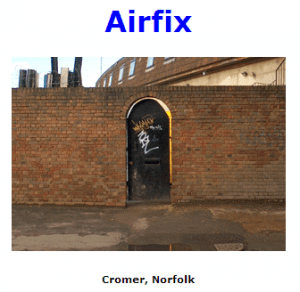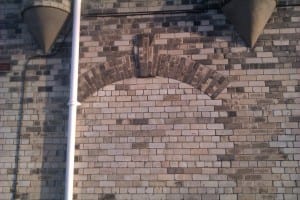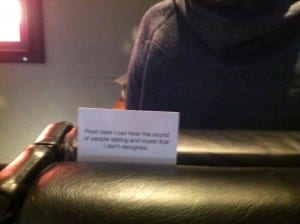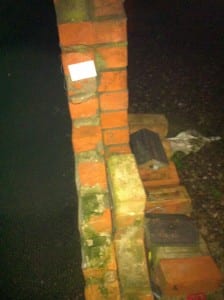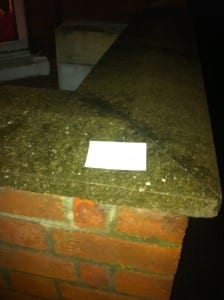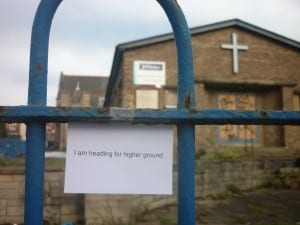Entrances2Hell.co.uk describes itself as “The constantly updated catalogue of entrances to Hell in and around the UK”. It is a tongue-in-cheek collection of photographs depicting dilapidated or unusual doorways that don’t seem to fit with the scenery around them. They are submitted by users from all around the UK and after being authenticated by the website administrators they are listed on the website with a name and it’s own fictitious mythology, often with humorous results.
“Airfix has a reputation as a place where lovers meet and is where the devil finally married his 2 childhood sweethearts Milly the Milkmaid and Linda M. Daventree in 1761. Since their marriage these two have given birth to almost 17 billion little-devils who have already been sent to distant star systems to follow in their fathers foosteps. Birdsong here is always performed as an improvisation around the chords B flat minor and G7. The tunnel of Airfix has had the new long-life light bulbs installed along its entire length.” (Entrances to hell around the UK: Airfix, n.d.)
There do not seem to be any specific guidelines for spotting an ‘entrance to hell’, but from studying many of the photographs the general consensus is that these places are mostly neglected, grubby spots in an urban landscape that look anomalous. Many of them are places that would be unsettling to loiter around alone in the dark, and if they did happen to be portals to an other-worldly dimension it may be fair to say that it would not be an ideal tourist attraction.
This photo, taken at the Lincoln grandstand, depicts a keystone and archway above a patch of brickwork that looks conspicuous amongst the rest of the wall. This suggests there used to be a doorway here. In Mike Pearson’s Theatre/Archaeology, he asks us to consider an archaeological artefact. “Do not begin with the question, ‘What is it?’ Instead ask ‘What does it do?’. Enquire of its social work: What does it connect through its design, exchange and consumption?” (2001, p.53) The reason for the closure of this door is most likely simple disuse, but walled-up doorways always present room for curiosity and questions. One cannot help but wonder what kind of doorway once stood there, for whose use it was intended, and where it once led. Are there any traces of the other side of the doorway on the interior of the building? If there are not, it only adds to how unnatural the traces on the outside look. An open doorway can look mystical and inviting; a closed doorway can look threatening but still prompt our inquisitiveness.
